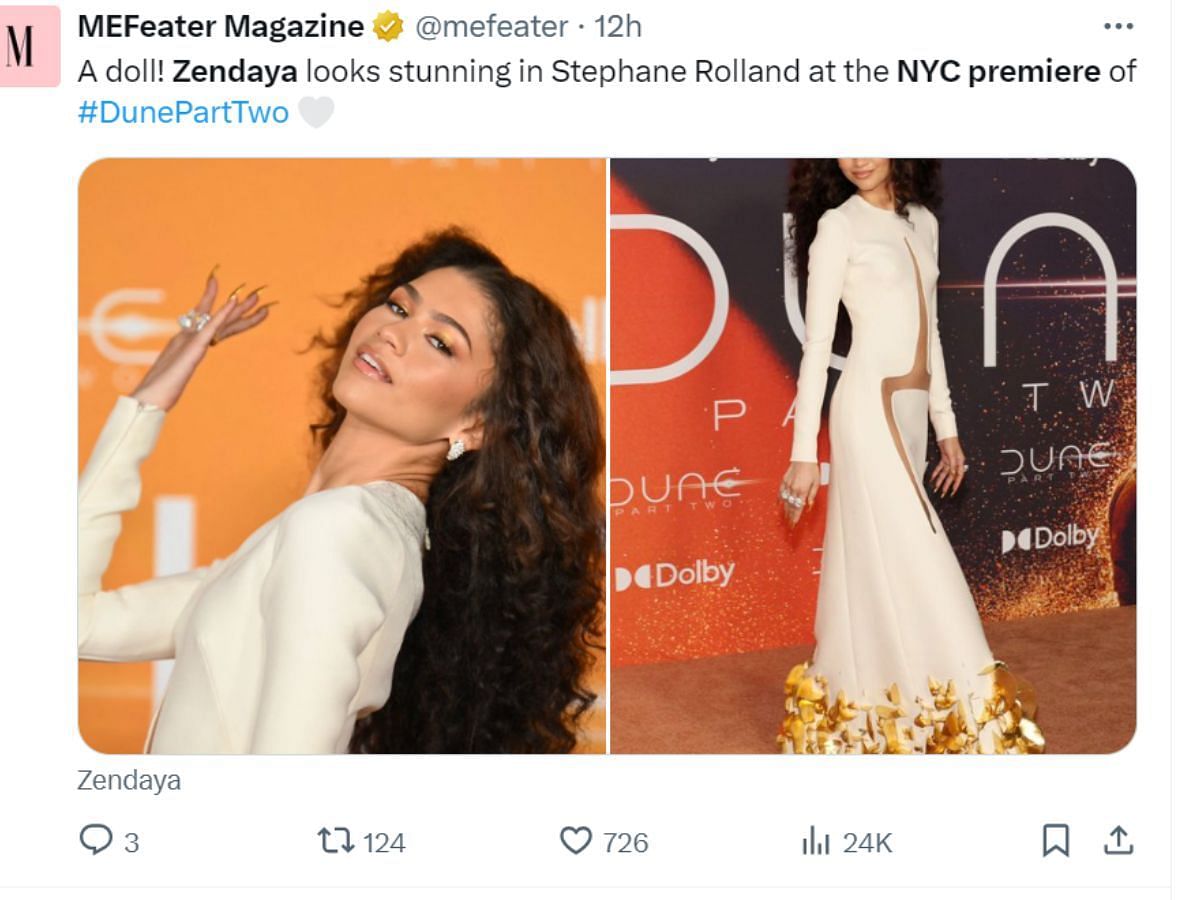Zendaya nip slip incidents have sparked significant public discussion, highlighting the complex interplay between celebrity fashion choices, media coverage, and public perception. This analysis explores the various facets of these events, examining media portrayals, ethical considerations, legal implications, and the impact on both Zendaya herself and her young audience. We will delve into the nuances of her fashion style, the role of body image in shaping interpretations, and the responsibility of media outlets in responsible reporting.
The events surrounding perceived wardrobe malfunctions have underscored the intense scrutiny placed upon female celebrities and the potential for misrepresentation and harmful narratives. We will examine how social media amplified these events, analyzing the contrasting approaches taken by different media outlets and exploring the counter-narratives offered by Zendaya’s dedicated fanbase.
Zendaya, Media Scrutiny, and the Complexities of Celebrity Image: Zendaya Nip Slip
Zendaya, a prominent actress and fashion icon, frequently finds herself under the media microscope. Her fashion choices, often praised for their style and sophistication, have occasionally sparked discussions about modesty and revealing attire. This analysis examines the public perception of these events, the media’s role in shaping public opinion, the ethical considerations involved in reporting on celebrity fashion, and the legal and societal implications of such scrutiny.
Public Perception and Media Coverage of Zendaya’s Attire
Instances where Zendaya’s clothing has been deemed revealing by some segments of the public have generated a wide range of reactions. While many fans and fashion commentators celebrate her bold style choices, others have criticized her outfits, often focusing on perceived inappropriateness or lack of modesty. Media outlets have varied considerably in their approach to these events. Some have presented balanced reporting, showcasing both positive and negative perspectives.
Others have focused on the controversy, potentially sensationalizing the narrative for increased viewership. Social media has played a significant role in amplifying both positive and negative opinions, with trending hashtags and viral posts shaping the overall public perception. A timeline of significant media coverage reveals a pattern of heightened attention surrounding specific events, followed by periods of relative calm.
For example, a particular red-carpet appearance might generate considerable online discussion, while other instances pass with less public commentary.
Zendaya’s Fashion Style and Body Image

Source: mavikadin.com
Zendaya’s fashion style is generally characterized by a blend of high fashion and personal expression. She frequently incorporates diverse styles, ranging from elegant gowns to more casual streetwear. While some outfits have been perceived as more revealing than others, her overall style is typically considered sophisticated and carefully curated. Body image plays a crucial role in how her clothing choices are interpreted.
As a celebrated figure with a significant young fanbase, Zendaya’s attire is often analyzed in relation to the broader discourse on body positivity and appropriate attire for young women. Other celebrities, such as Ariana Grande or Billie Eilish, have faced similar scrutiny regarding their fashion choices and body image. The intensity of the criticism and the nature of the media coverage vary widely depending on the celebrity, the context, and the prevailing social climate.
Ethical Considerations in Reporting on Celebrity Attire, Zendaya nip slip
Journalists covering celebrity fashion and body image face significant ethical considerations. Responsible reporting necessitates objectivity, accuracy, and respect for the individual’s privacy. Sensationalized reporting, which focuses on controversy rather than substance, can be harmful to the celebrity’s reputation and well-being. Conversely, responsible reporting provides context and avoids perpetuating harmful stereotypes. A hypothetical scenario involving a different celebrity might demonstrate the varying levels of media scrutiny based on factors such as the celebrity’s public image and the prevailing social context.
The recent incident involving Zendaya and a potential nip slip sparked considerable online discussion. It’s a stark contrast to the professional approach often seen in modeling agencies like brima models , where image control is paramount. The difference highlights the varying levels of public scrutiny faced by celebrities versus professional models, emphasizing the importance of careful image management in both spheres.
For instance, a less established celebrity might face harsher criticism than an already established figure like Zendaya.
Legal Aspects and Privacy Rights Regarding Celebrity Images

Source: sportskeeda.com
The legal boundaries surrounding the publication of private images vary significantly across jurisdictions. In some countries, strict privacy laws protect individuals from unauthorized publication of their images, even in public settings. In other countries, the legal protections are less robust. Zendaya, like any celebrity, has legal recourse against the unauthorized distribution of private images. She could pursue legal action for invasion of privacy, defamation, or other relevant claims, depending on the specific circumstances and the applicable laws.
Celebrities generally possess significant rights to control their image and prevent its unauthorized use for commercial or other purposes. These rights are often protected by contract law, intellectual property law, and privacy laws.
Impact of Media Coverage on Young Audiences
Media coverage of celebrity fashion and body image can significantly influence the self-esteem and body image of young people. Negative portrayals can reinforce unrealistic beauty standards and contribute to negative self-perception. Conversely, positive and diverse representations can promote body positivity and healthy self-esteem. Media outlets have a responsibility to present balanced and inclusive portrayals of beauty and body image.
The following public service announcement, presented in a table format, highlights the importance of media literacy and positive self-perception.
| Headline | Image Description | Body | Call to Action |
|---|---|---|---|
| Media Matters: Your Body, Your Image | A diverse group of young people smiling confidently. | Media often portrays unrealistic beauty standards. Remember that real beauty is diverse and unique. | Learn to critically evaluate media messages and celebrate your individuality. |
| Be Kind Online | A person looking at a phone with a thoughtful expression. | Words can have a powerful impact. Think before you post or comment online. | Promote positivity and respect in online spaces. |
| Love Your Body | A close-up of a person’s smiling face. | Your body is amazing. Treat it with kindness and respect. | Focus on your strengths and celebrate your uniqueness. |
| Seek Support | A group of people hugging each other. | If you are struggling with your body image, seek support from trusted friends, family, or professionals. | Reach out to those who care about you. |
Counter-Narratives and Fan Responses to Media Criticism
Fans have consistently played a significant role in shaping the narrative surrounding Zendaya’s image. Online communities have created counter-narratives to challenge negative media portrayals, emphasizing Zendaya’s talent, positive influence, and personal style. Fans have actively defended her against criticism, highlighting her positive impact on young people and celebrating her individuality. The power of online communities in shaping public discourse is undeniable, and positive fan interactions can significantly mitigate the negative impact of harmful media coverage.
This demonstrates the significant influence of fans in shaping public opinion and countering negative narratives surrounding celebrities.
Last Recap
Ultimately, the “Zendaya nip slip” narrative reveals a broader societal conversation about body image, media ethics, and the power dynamics between celebrities and the public. While the events themselves may be fleeting, the lessons learned about responsible reporting, the protection of privacy, and the impact on young audiences resonate far beyond the immediate controversy. Understanding the nuances of this case offers valuable insight into the complexities of celebrity culture and its profound effects on public perception and individual well-being.
